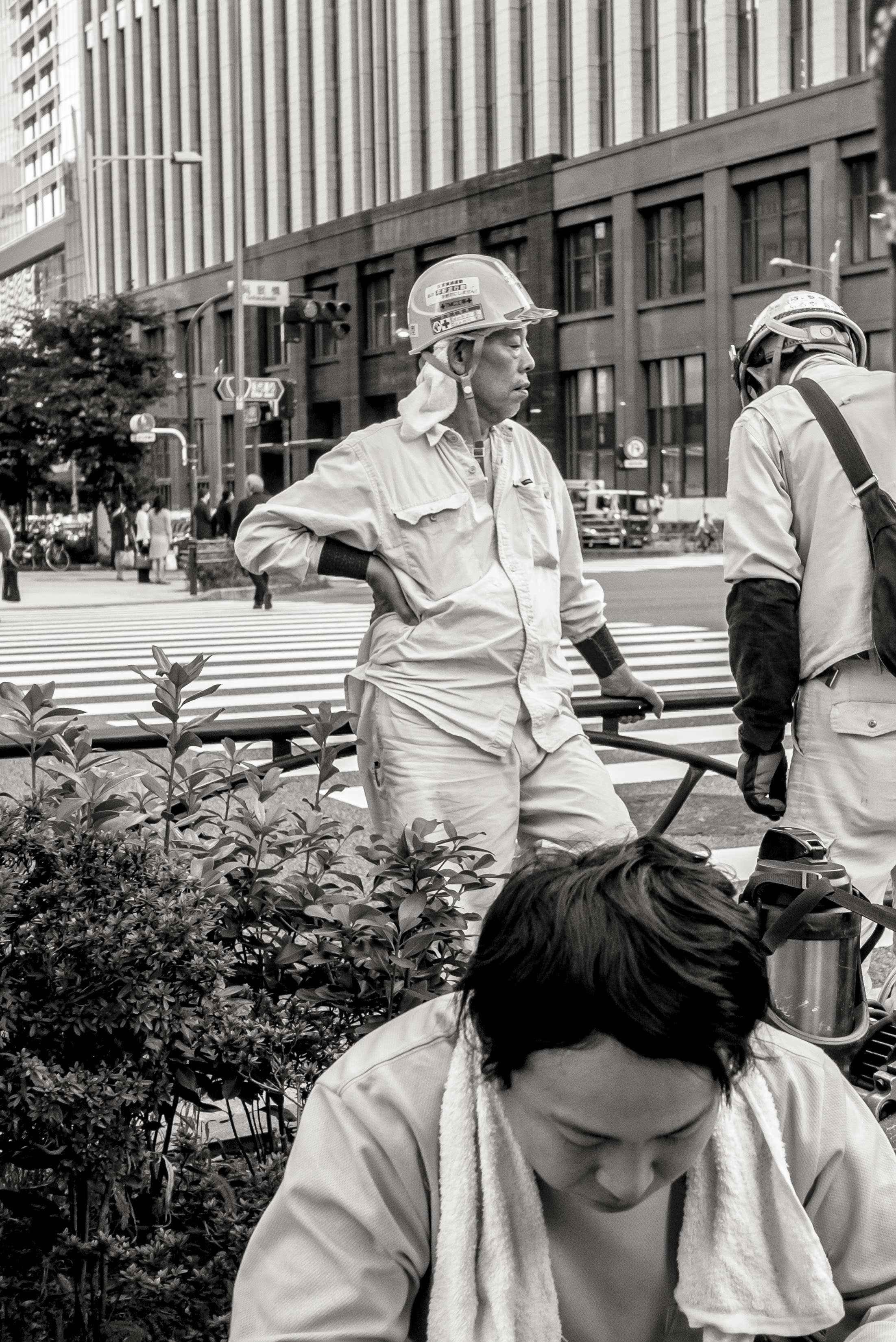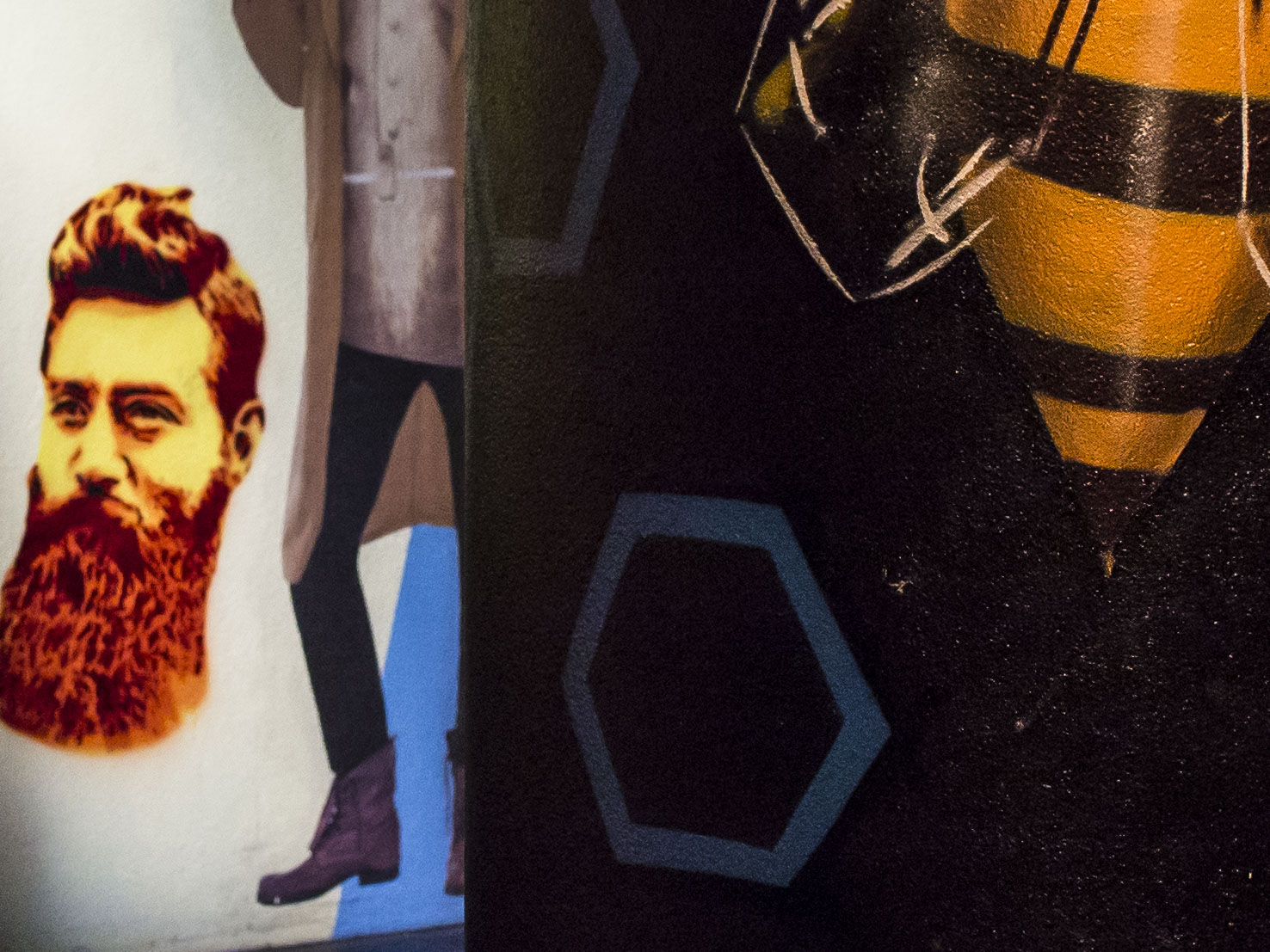The saga of categorising the humble 50mm has gone from simple justification of a lens I own over re purchasing a lens I did once own, to a detail study of the role of the humble 50mm.
On my walk home yesterday I found myself composing a fairly dismissive and negative essay on the uselessness of the 50mm. Not wide, nor long it was, to my way of thinking, a pretty pointless bit of glass.
Then the thought struck me;
If the 50mm fails to deliver an easy answer, if it is impossible to simply find or assign it a clear role, then is it possible that it is both the hardest lens to use well and the only lens that makes you work harder for good results. You have to literally define it's role as you use it on a case by case basis.
This takes us back to the 50mm as the perfect lens to learn on, as it forces the user to work hard, maybe too hard?
This is a good example of the "confused" role of the 50mm. The shot says landscape, without any of the sweeping vastness assumed (although there is a touch of uncorrected keystone distortion often found in wide angle images). It also tightens the composition like a telephoto, but with no hint of compression or drawing in. The M43 aspect ratio is also a consideration here, making the image squarer than in other formats. Possibly the format is highlighting the issue for me?
The longer or wider a lens is, the more obvious and defined it's job is. The list of can't do's quickly grows longer than the list of can do's as the perspective and magnification becomes more exaggerated. This makes the choices of application relatively easy, even prescribed.
The 17mm allows easy composition, in tight. I don't favour anything wider as exaggerated perspective creeps in too easily and often the shot needs some cropping anyway. The other characteristics of this particular lens also help in this role.
Apart from the obvious benefit of extra reach, the flatted perspective from the 75mm helps to isolate the subject. Would you want a whole album of images like this outside of a fashion catalogue?
Is their ease of use just an easy way out? Does the 50mm offer a genuine challenge, forcing the user to actually apply greater control to make up for a lack of an obvious look?
Looking at it another way, I often find anything wider than a 35mm or longer than 90mm, tends to become a little predictable. I tire of the same looks coming from super wide or long lenses. They do their assigned tasks well, but often manage little else. Maybe I have looked at too many images over the years, but when I can reverse engineer an image far too easily, I often get disillusioned by the process.
My own 75mm (150mm equiv.) is a bit like that some times. The strong flattening of it's perspective is a powerful look, but it can easily be over used.
I find myself excited by the difficulty of the 50mm. The lens is challenging to use well. Rather than discard it as all too hard, I will embrace it and it's difficulties, growing my self as I learn it.
An example of a beautiful quality image thanks to the lens, let down by poor (lazy) composition. My excuse was I was only experimenting. Creamy rich colour, good enough Bokeh, with a delicate balance held between expansive coverage and natural compression.
Rather than be the seldom used "catch all" or middle of nowhere lens, it will be the "I challenge you" lens, forcing out of the (regular little) box thinking.
Too narrow for street grabs? Learn to compose tighter, faster and with an eye for the abstract.
Too short for tight portraits? I will learn to include limited amounts of extra detail, relaxing away from the "head 'n shoulders" only portrait style, without going into true environmental portraiture.
And lets not discount the lens's role as the 17mm's foil, being tighter, richer in colour and super snappy, smooth and delicate in sharpness and contrast.
Not to mention a killer hand held night photography lens (a role the 20mm was good at except for the poor AF).
OMD ISO 800 25mm f2. Crop of above, sharp, with nice Bokeh.






